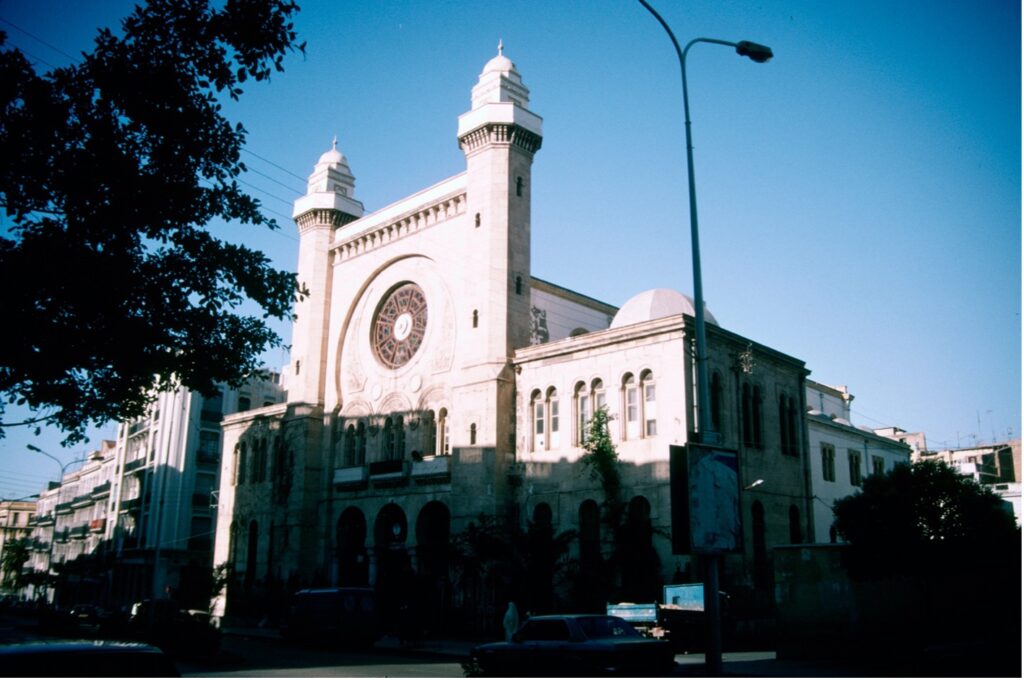The Jewish presence in North Africa dates back to antiquity long before the rise of Islam or the arrival of European powers. Jews settled across what is now Morocco, Algeria, Tunisia, and Libya. In the rural mountains and deserts, they encountered the indigenous Berber people, who welcomed them not as outsiders, but as neighbors. Over time, many Jews adopted Berber languages, customs, and even dress. In some villages, it was hard to distinguish who was Jewish and who was Berber, they were one community in two faiths.
One of the most powerful symbols of this shared past is Queen Kahina, the legendary 7th-century Berber leader who resisted the Arab-Muslim conquest of North Africa. While historians debate her identity, some say she was Jewish, others say Christian or pagan her legacy as a fierce defender of Berber autonomy and possibly Jewish heritage lives on. Her name still echoes throughout Tamazgha (North Africa) as a figure of pride and resistance.
But not all parts of this history are honored equally. In Algeria, for example, much of the Jewish-Berber legacy has been erased or ignored. Before independence in 1962, Algeria was home to more than 130,000 Jews, many of whom lived in deep cultural connection with Berber communities. After the rise of Arab nationalism and the growing tensions of the Arab-Israeli conflict, nearly all Algerian Jews were forced to leave. Today, synagogues stand closed, abandoned, or repurposed, and cemeteries are neglected. Official histories rarely mention them. Yet, memories remain, especially among Berber elders who still recall their former Jewish neighbors with affection and respect.
Despite waves of empire, colonization, and religious conflict, the connection between Jews and Berbers endured for centuries. They lived under Islamic dynasties, colonial powers, and changing borders, yet their local relationships remained strong. They shared stories, superstitions, food, music, and festivals. In some cases, they even visited the same sacred sites and shrines testament to the spiritual overlap between their worlds.
Then, in the 20th century, it all changed. The combined pressures of French colonialism, Algerian independence, anti-Jewish riots, and the creation of the State of Israel led to a massive Jewish exodus from North Africa. By the 1970s, nearly every Jewish community in the region had vanished. What had taken 2,000 years to build was undone in a matter of decades.
But memory is powerful. Today, many Jewish descendants of Berber communities, especially in Israel, France, and Canada, are rediscovering their roots. Meanwhile, Berber cultural movements in North Africa are beginning to embrace the Jewish chapter of Amazigh history, not as foreign, but as part of their identity.
This story matters not just for North Africans, but for the world. At a time when communities are too often divided by religion, ethnicity, or politics, the history of Jews and Berbers reminds us that peaceful coexistence is not a fantasy, it is a memory. A real, lived experience. One that can be revived.
We call on the international community historians, educators, governments, and cultural institutions to recognize this rich shared heritage. It is time to preserve Jewish sites in Algeria, reopen neglected synagogues, and include the Jewish-Berber story in education and public discourse. These efforts are not about the past, they are about building a future rooted in understanding and respect.
The Jewish-Berber bond was never just about survival, it was about brotherhood. And in today’s fractured world, their story offers a rare and precious example of what is possible when people choose to live together, rather than apart.
Let us not only remember, it’s time to rebuild.
______________________________________________
Rabah Arkam is an Amazigh (Berber) human rights activist in North Africa. He defends democracy, freedom and secularism in Algeria and is the author of several articles.

